




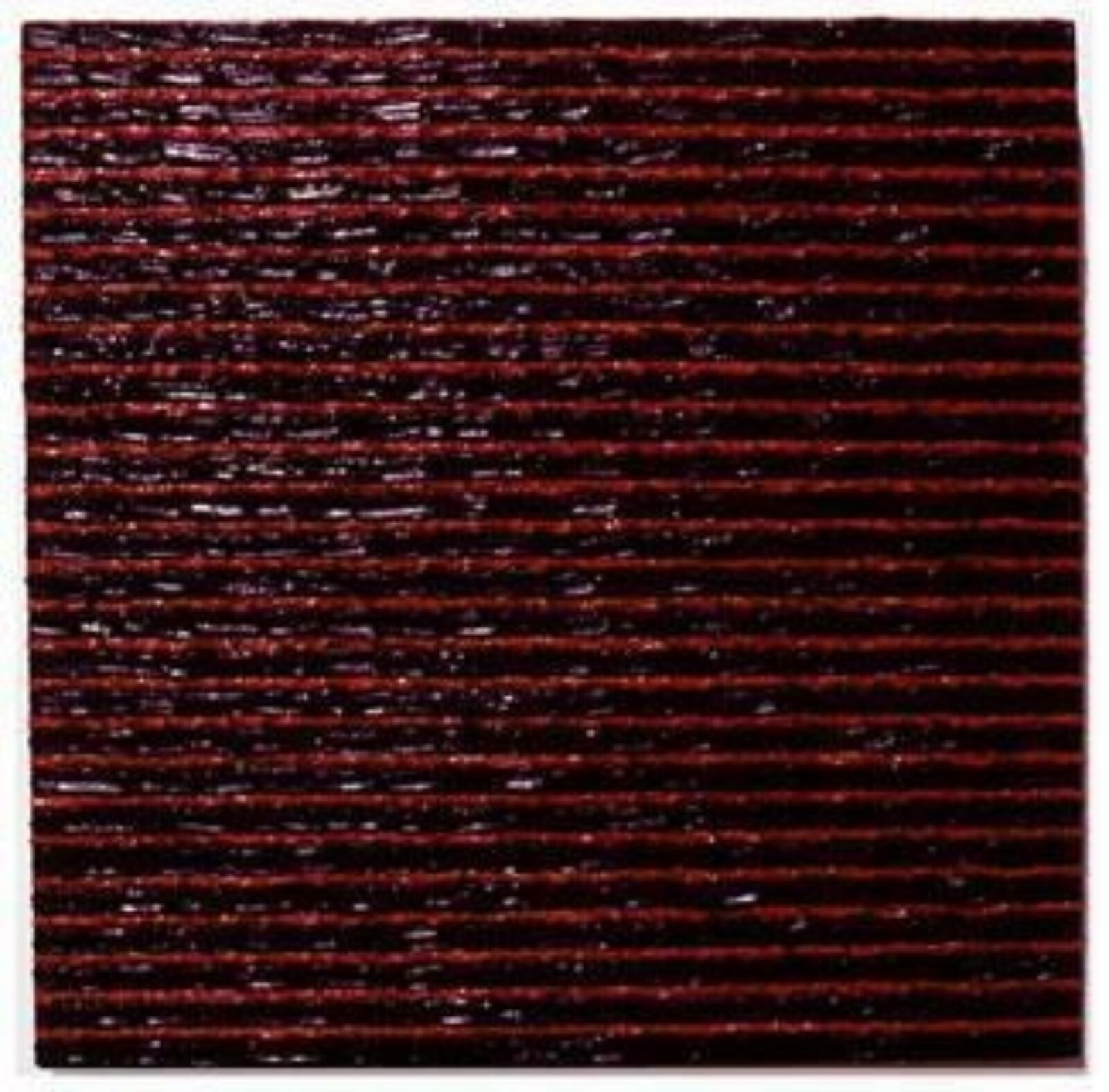

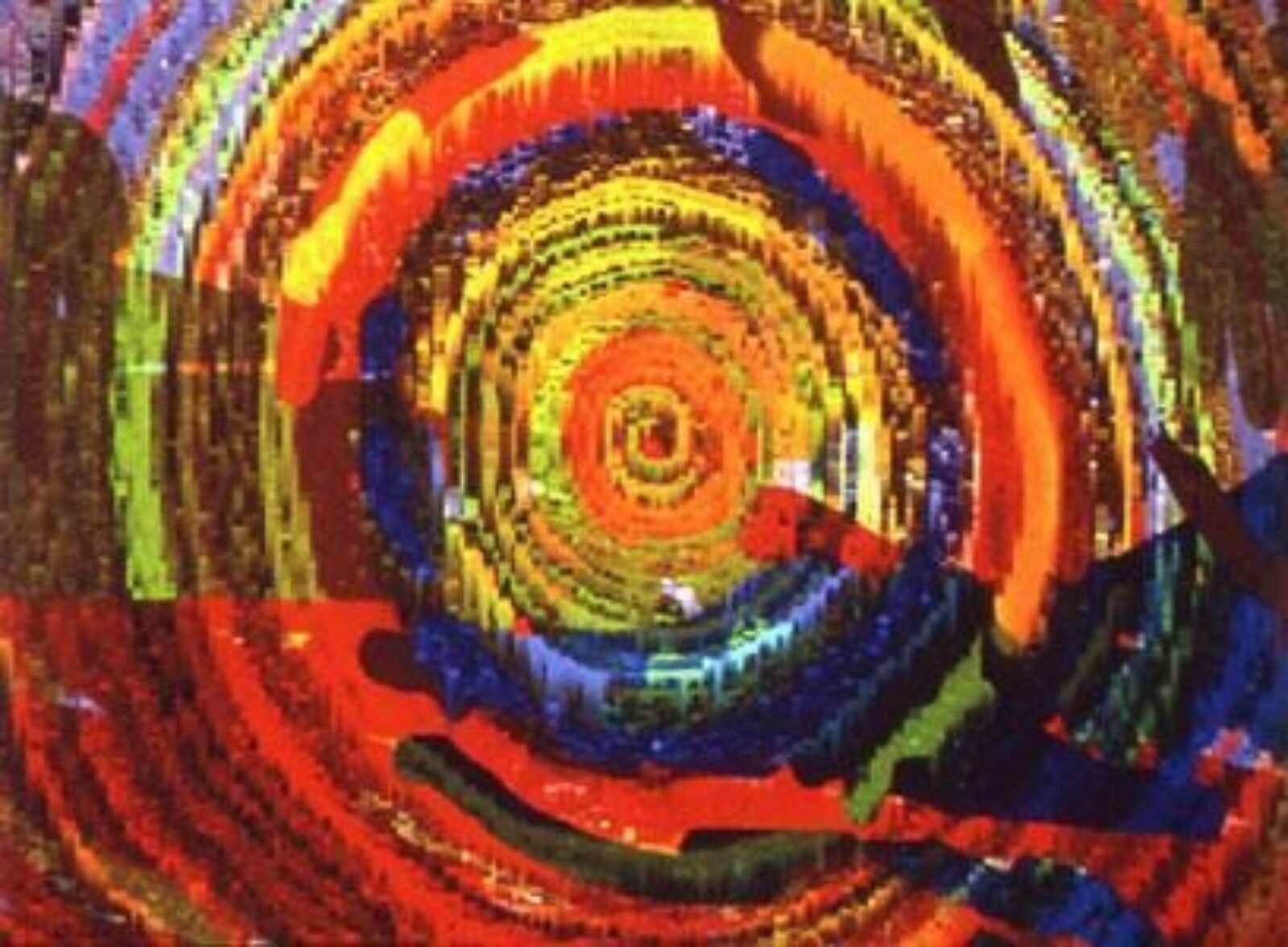

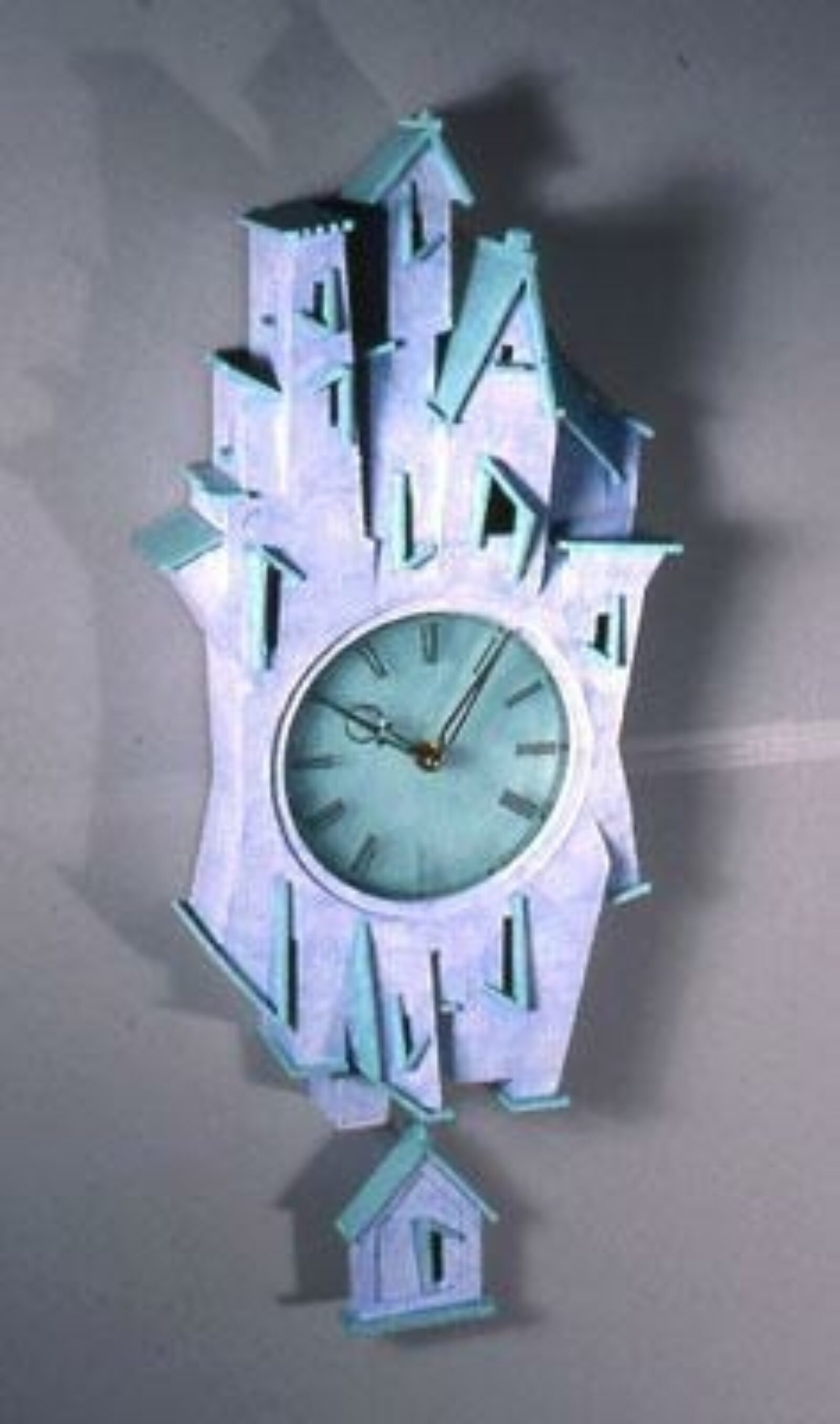

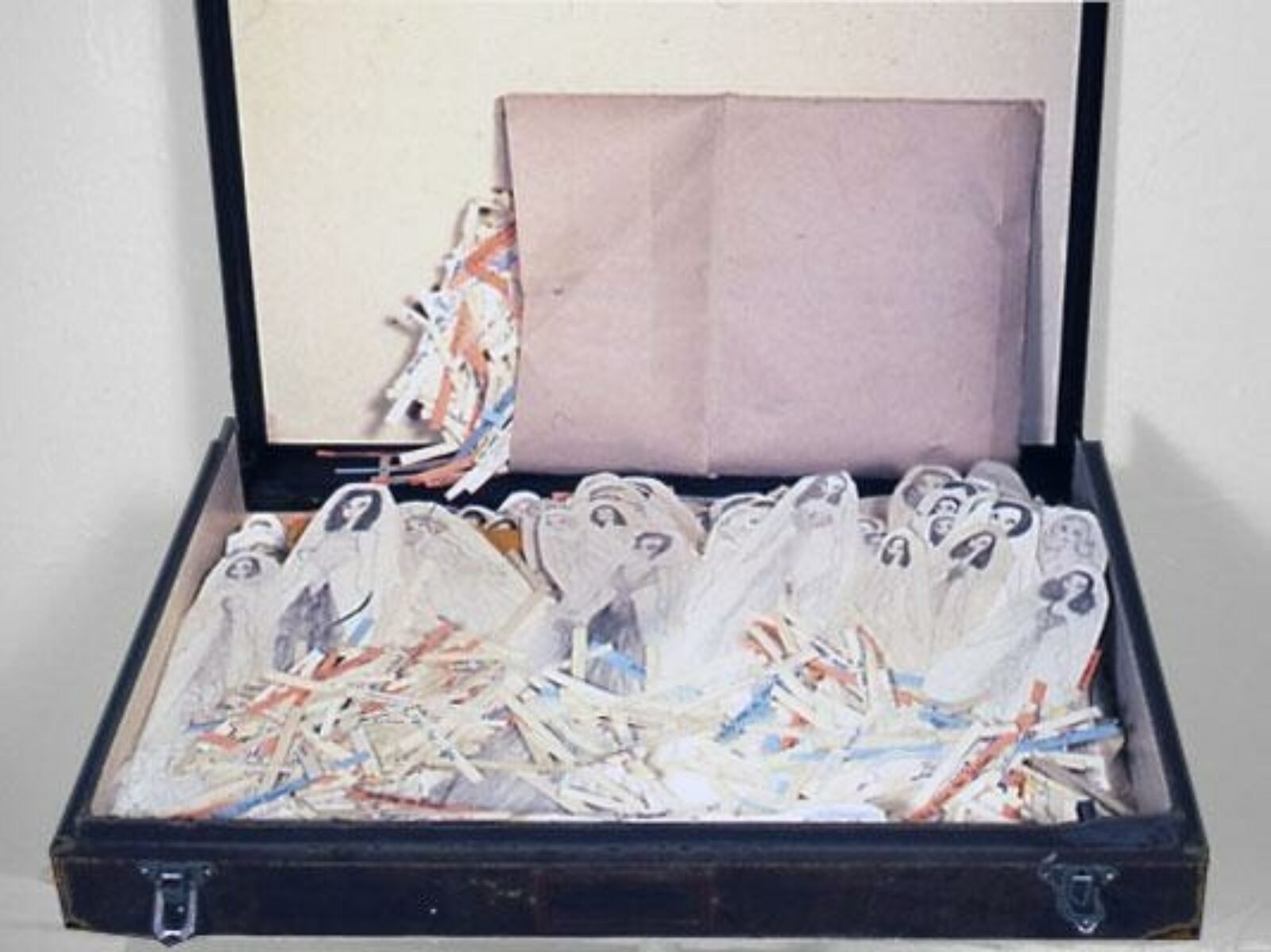


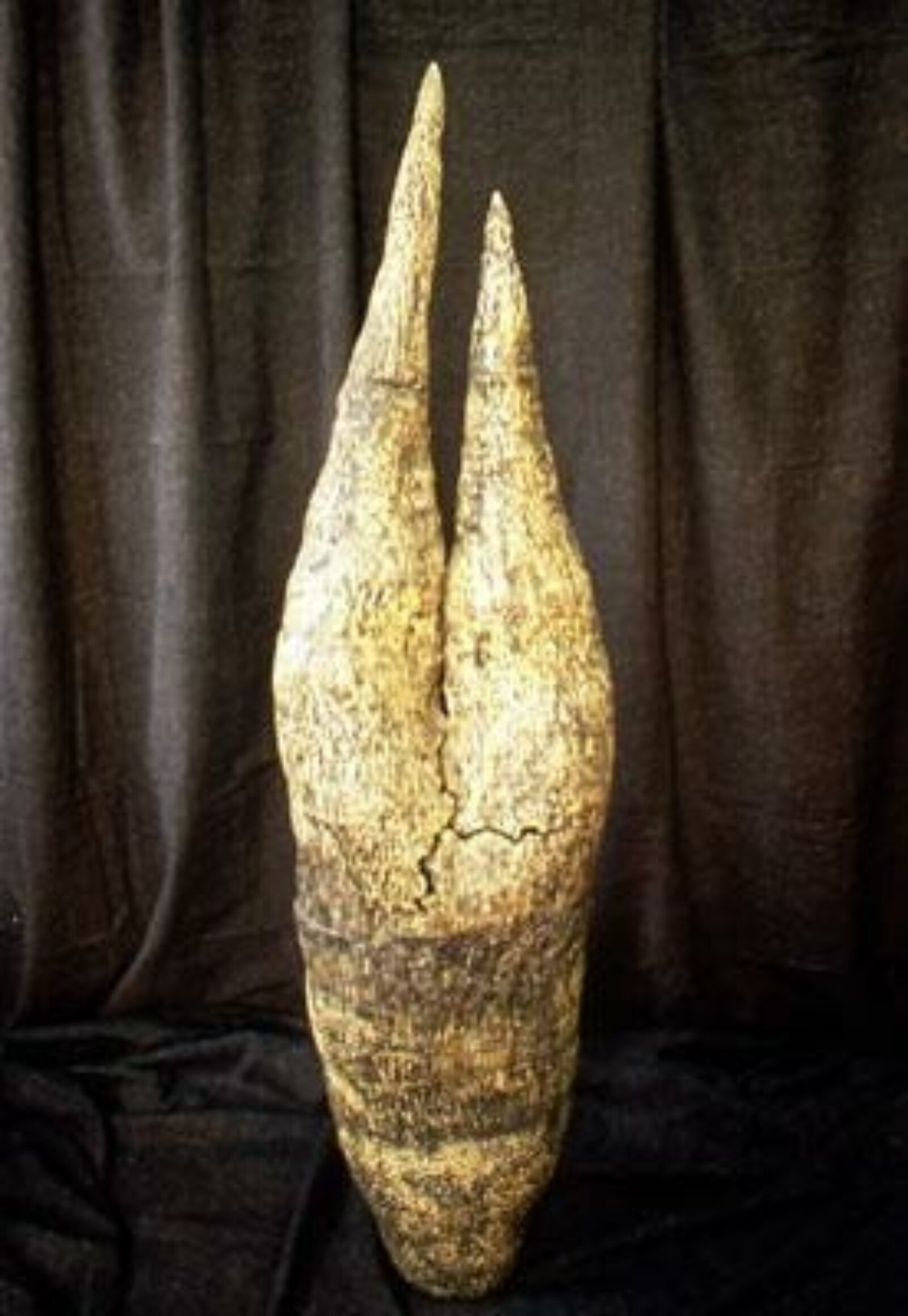
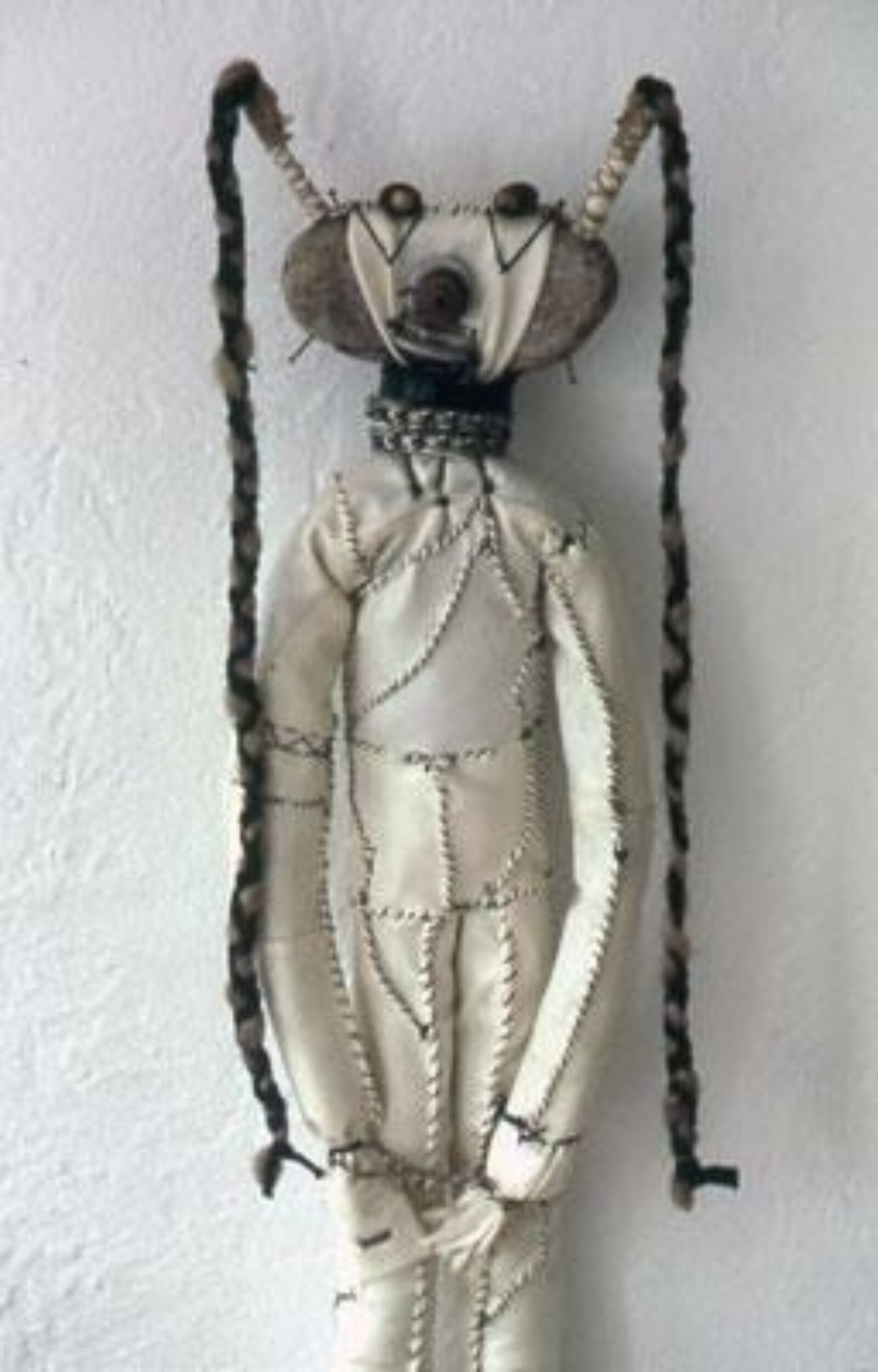
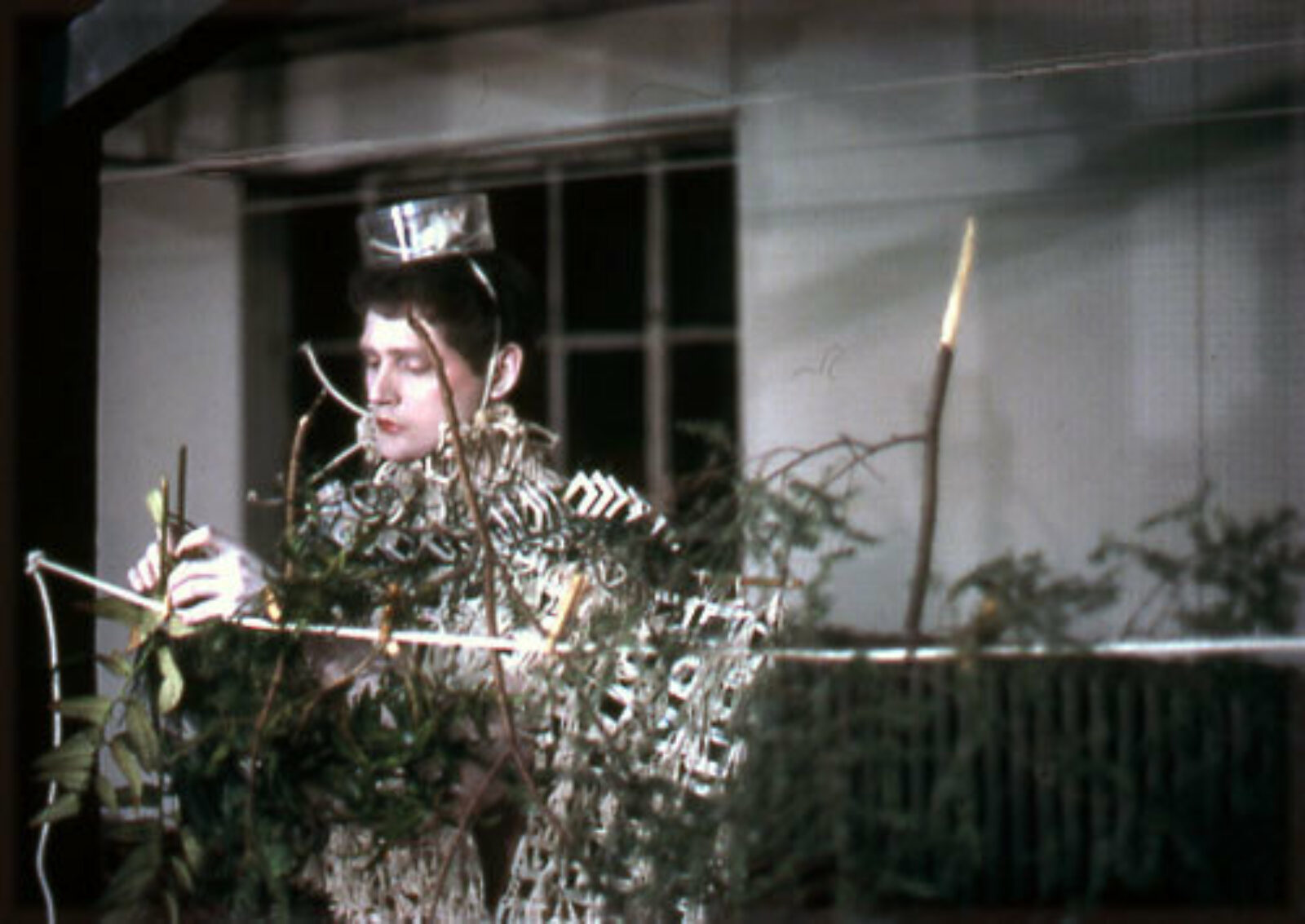



featured gallery for April 2006
Diving Into The Archive
When asked to curate a Visual AIDS Web gallery, I did not have a curatorial agenda per se, but I did have a mission: What, I wondered, are we not seeing of the Frank Moore Archive Project at Visual AIDS? Over the last couple of years I was increasingly disturbed to see the same small group of name-brand "AIDS artists" repeatedly selected by a wide range of curators. How could such, by now, well-worn imagery be so easily slotted into so many widely varied agendas? Is the Archive that homogenous? Or were all these curators just looking to illustrate ideas that are all too similar?
To be fair to my colleagues, this is a big job. Winnowing 10,000-plus images down to 20 can cross your eyes and give you a big aesthetic headache. It is understandable that one would take refuge in a recognized name, familiar image, or known concept.
In coming from a critical and art-making stance, rather than from the usual curatorial angles of preconceived themes or historical narrative, I found myself more open to work that doesn't necessarily function very well as a slide document or in a Web Gallery situation. The first impression, the threshold imagery if you will, of some of these works only gives way with a deeper look. With others, thematic concerns are developed and intensified over a body of work instead of in an individual piece. Also, I became interested in how a piece is experienced as a thing, how is it crafted, and how material tendencies were exaggerated, manipulated, or highlighted. Like unfamiliar flavors in exotic cooking, these works need to be savored a bit in order to be fully experienced.
In the two-dimensional work I choose, the painted media has a real physical effect on the girded visual imagery -- it causes it to bleed, become engorged or unmoored. Form dissolves or is consumed by the presence or loss of visual light. Osvaldo Barrocal's Untitled 1988-1993 is from a group of works painted on Beth Israel Hospital bed linens. Mingling stained paint and smoky drawing, they metaphorically intone the presence of the absent body. Resonant with loss, David Nelson's enormous photogram on canvas, #13, is incredibly spare but dramatically powerful.
Dot-Dash, an ink-on-paper, deftly flips the figure/ground material relationship of David Knudsvig's anthropomorphic writing systems. In Window, all the written poetry of Robert Faber's earlier well-known work has seemingly fallen away, leaving this starkly beautiful painted relief that focuses squarely on the great dialectic of life and death.
The late work of John Larabee is filled with big primary forms sinking into an inky darkness. Untitled 1987 struck me as a somber, haunting post-minimalist Ship of Fools. In a similar way, Alex Greenfield's last painting, Untitled (AGLP) 1995-1999, completes a large series of works where the linear elements grow progressively more swollen with heavily impastoed black paint, threatening to submerge the red ground.
Roy Secord's cut and pieced mirrored mylar works are represented by Glimmer (subdued lighting with spots). Emotionally cool, these works are almost invisible in their dependence on reflected light. They reveal themselves slowly as you physically move around them; only then do the black skeletal patchwork elements become prominent. Digitized images of the painstakingly handcrafted wire mandalas of Clifford Smith are dynamically smeared in Eyeliner 1.
The darkly sensual process of Untitled (Group of Four) finds the sculptor David Kruegar taking photographs of himself and his lover during sex, dipping the resulting Polaroids in chocolate and then having the enrobed wafers cast in metal. These sexy, weird little metal popsicles just simmer.
The seemingly innocent subject matter of my second group of choices is undercut by an adult sensibility that shakes up the comfortably familiar areas of fantasy and childhood. Geoff Schmit's Clock #2 could have been used as a prop for the film The Cabinet of Dr. Caligari. The trompe l'oeil paper dolls and faux symmetry of Garland Eliason-French's Graduation Day make you almost overlook the fact that her heavily contoured visual elements are all isolated within an ominous void.
In a crude folk art marriage of Joseph Cornell's boxes and Duchamp's Green Valise, Alan Walker's obsessive-compulsive Paper Women of the World 1971-1996 is a project that features hundreds of cutout "Beauty Contestants" heaped willy-nilly in a briefcase, disconnected from their names and country-of-origin labels. Jack Shields conceives of the Five Senses as abutting miniature houses, covered in brocade, with all the doors and windows thrown open.
I love that Raynes Birkbeck's work hits dead center between good and bad, comforting and frightening, professional and self-taught, of which his Stubby Stegosaurus is an outstanding example. These figurative works are rounded out by the huge, vegetal, Brancusi-meets-Bourgeois ceramic Bifurcacion by Freddy Borges Borges and by San Francisco artist Mooshka's twisted family of refuse/fetish kachinas.
The last group of works I want to highlight is likely the most difficult for a Web format or for the Archive to represent adequately -- performance works. I choose these artist-submitted documents as particularly defining and exemplary images in and of themselves. These fragments, from what in most cases must have been much larger, much more involved pieces, spoke to me of a medium that is by its very nature confrontational and intrusive.
A wonderful surprise was the work of performance artist/costume designer Stephen Varble, here seen wearing his "slide dress" in a presentation of Attic Clouds by Geoffrey Hendrick. His radical-faerie-lost-in-New-York aesthetic is startling, eloquent, and ultimately charming. Costume and staging are also a major part of the installation of J. Robert Reed's piece Welcome Home 1988. His roadkill poodle environment and costumes go way over the top in the very best of ways.
A series of photo documents of actions performed on the Maryland Institute campus from Like Looking Through a Veil by Timothy Lonergan show him manifesting an archetypal character of the AIDS generation -- the veiled gay bride/shrouded corpse.
Crashing "high" art concepts into queer politics and bondage/domination scenes, Derek Jackson is shown exercising Darrell, his dog/slave, on a walk through the 2004 Armory Show (the annual New York international art fair). The when-worlds-collide nature of this piece puts to shame the black box theater/solo shows currently passing for performance art.
I hope my selections will encourage curators, gallerists, members of the Archive and the community to be more open to what isn't so immediately forthcoming and to be more aware of resources that are already available to be seen -- rather than overlooked.